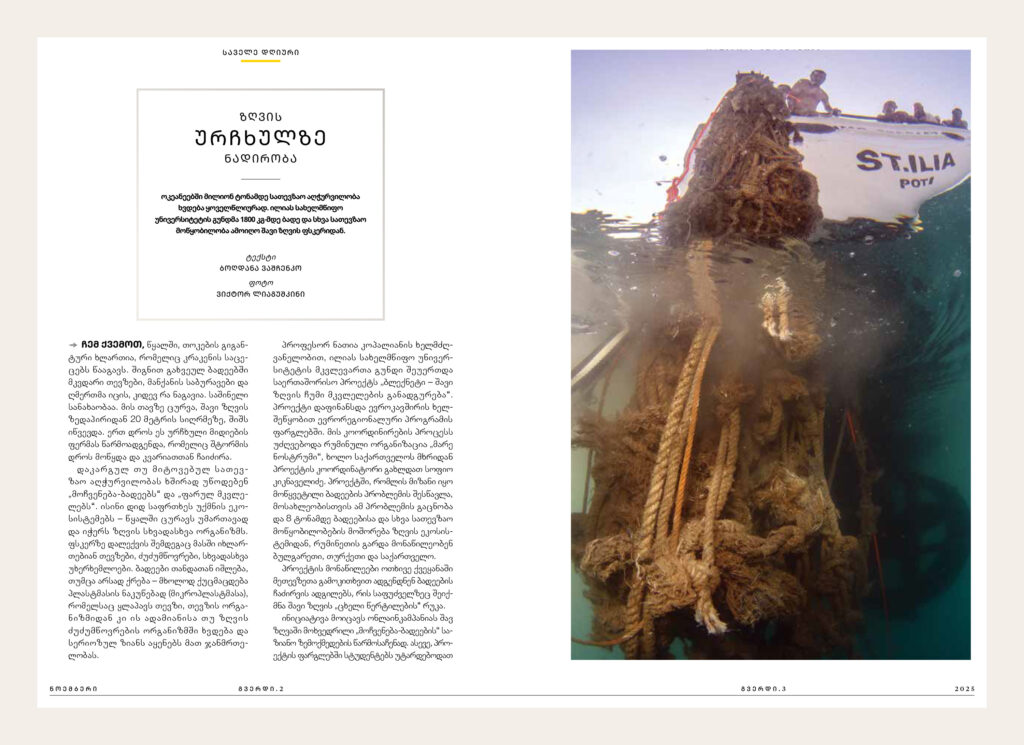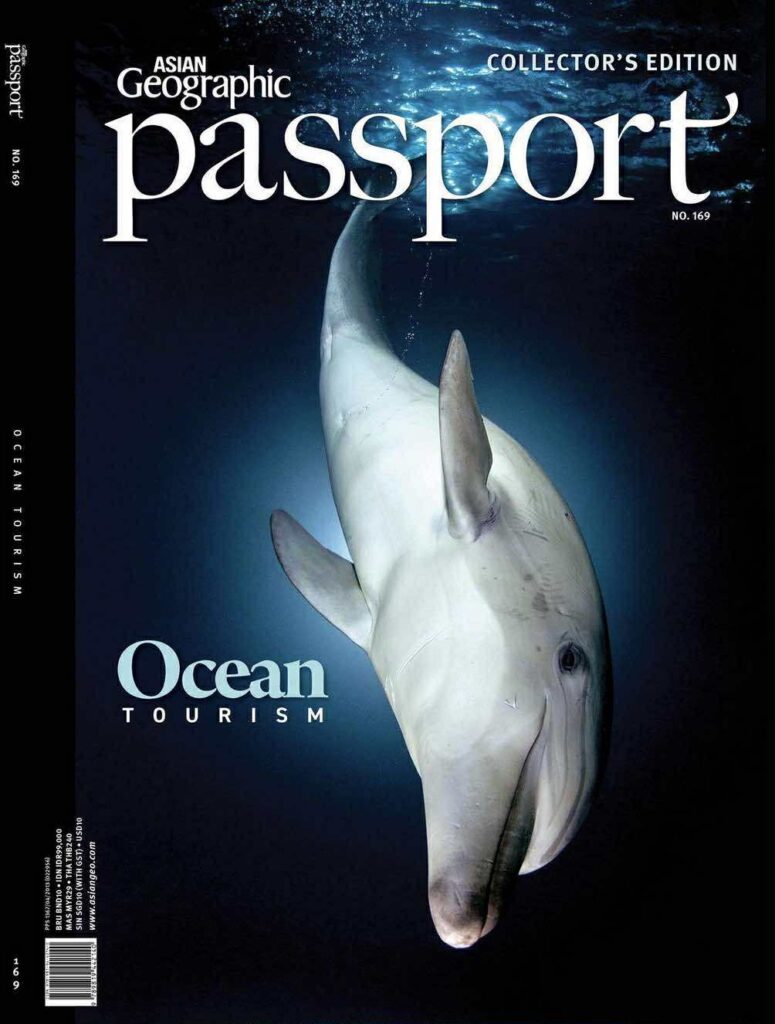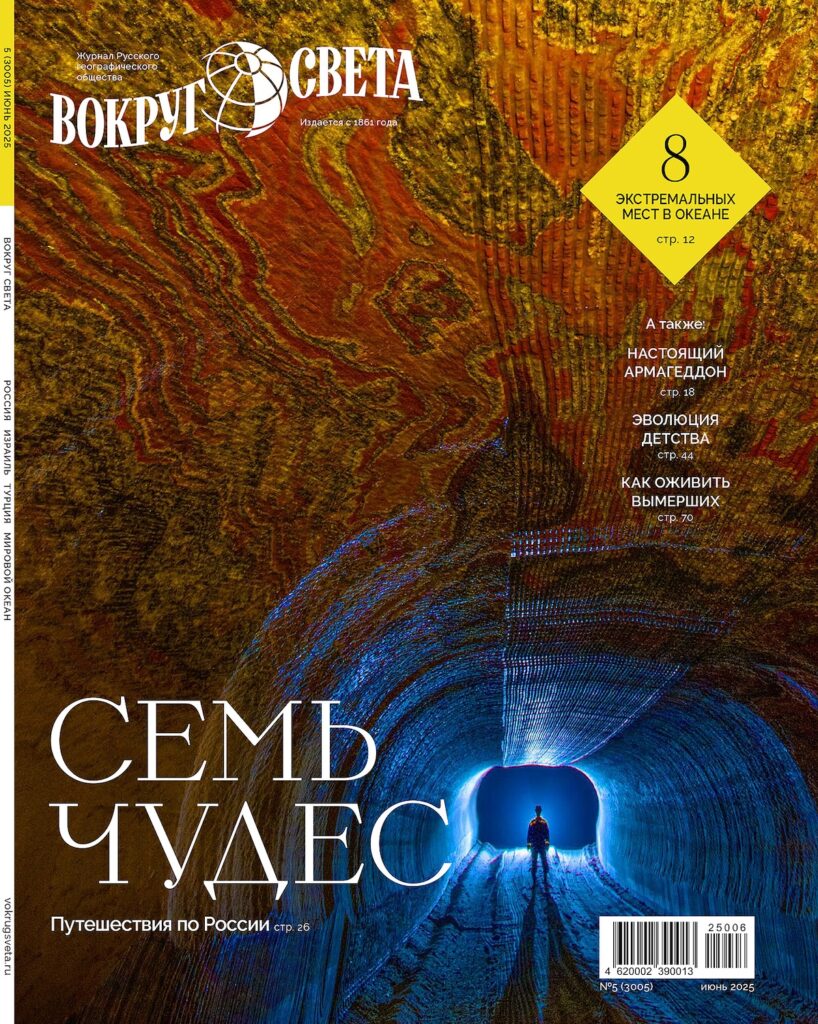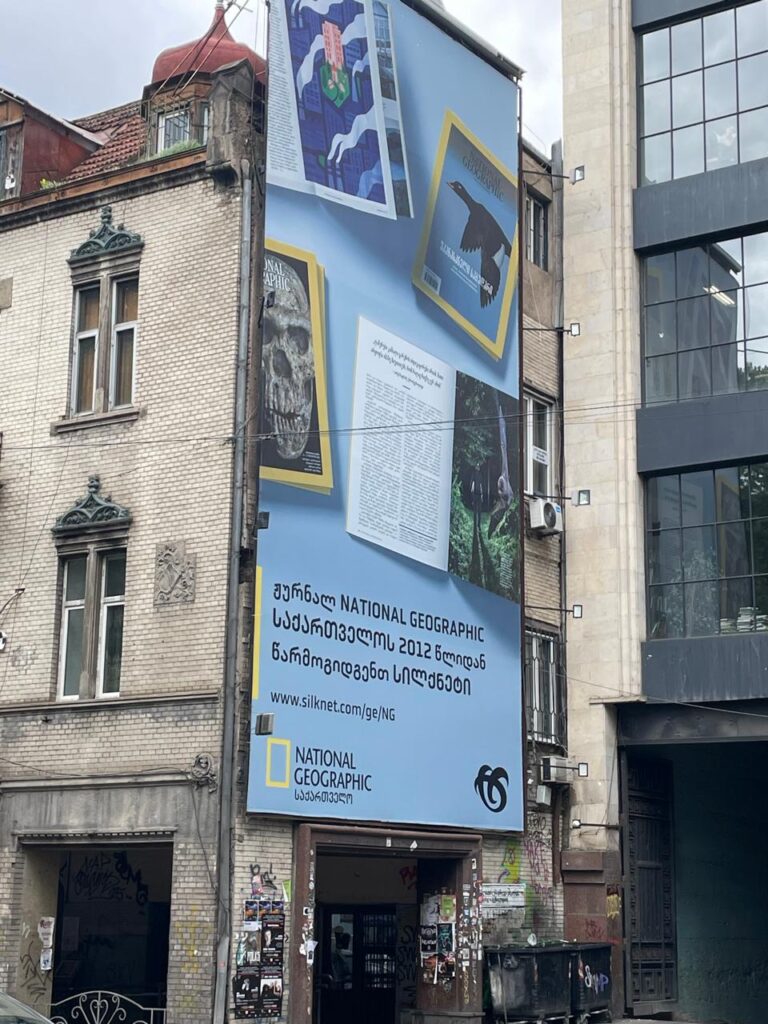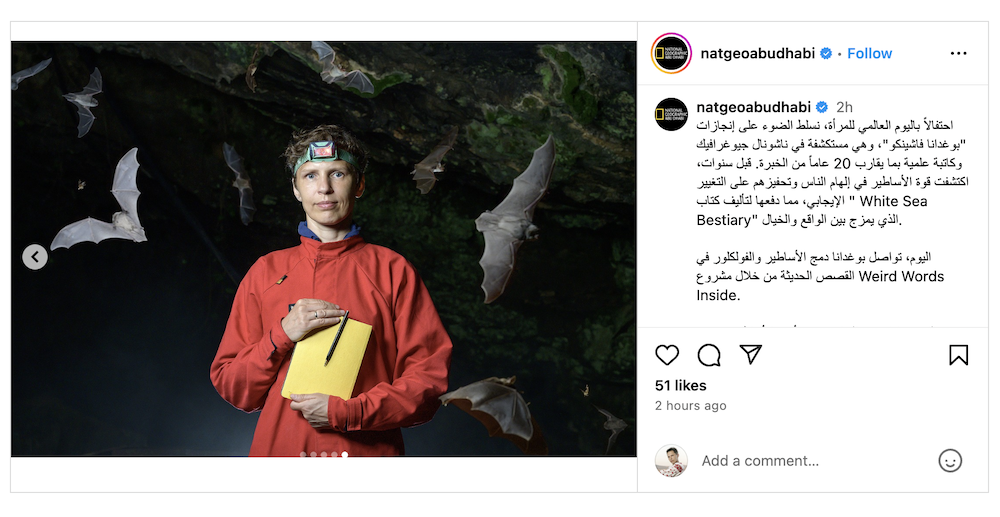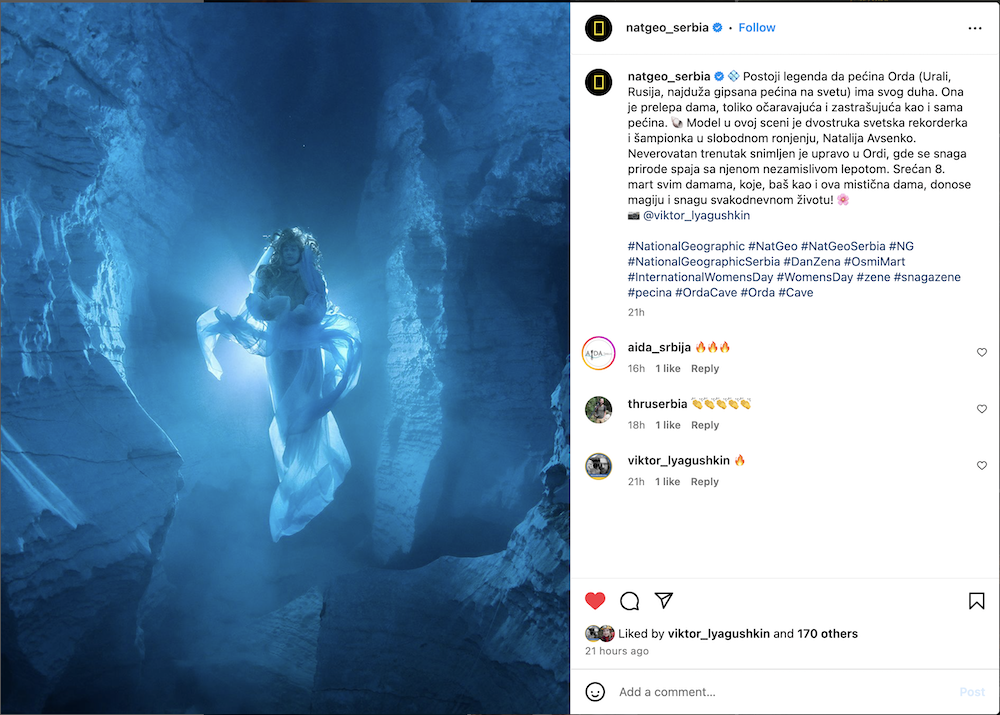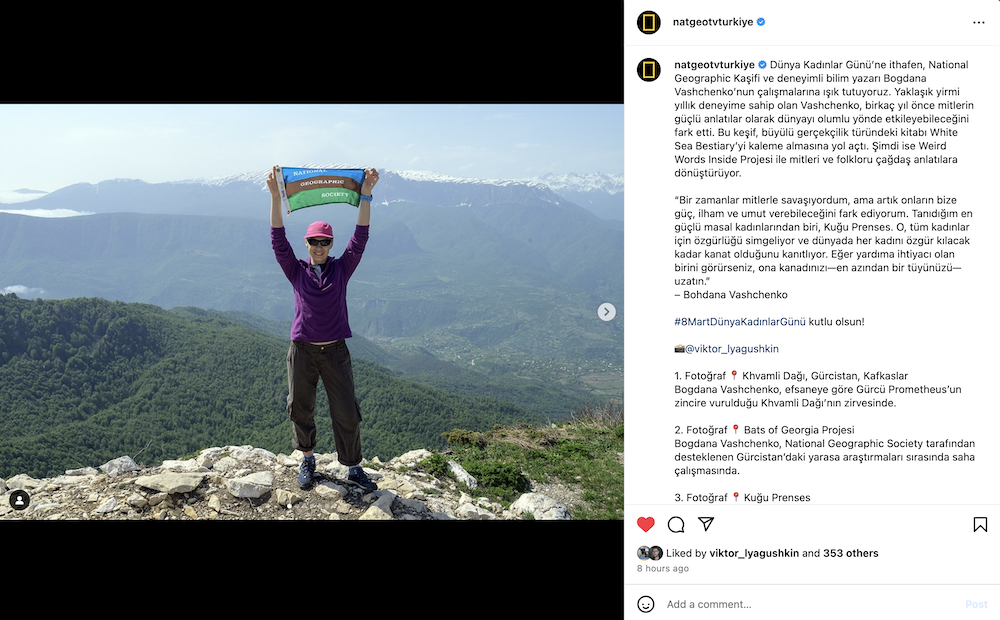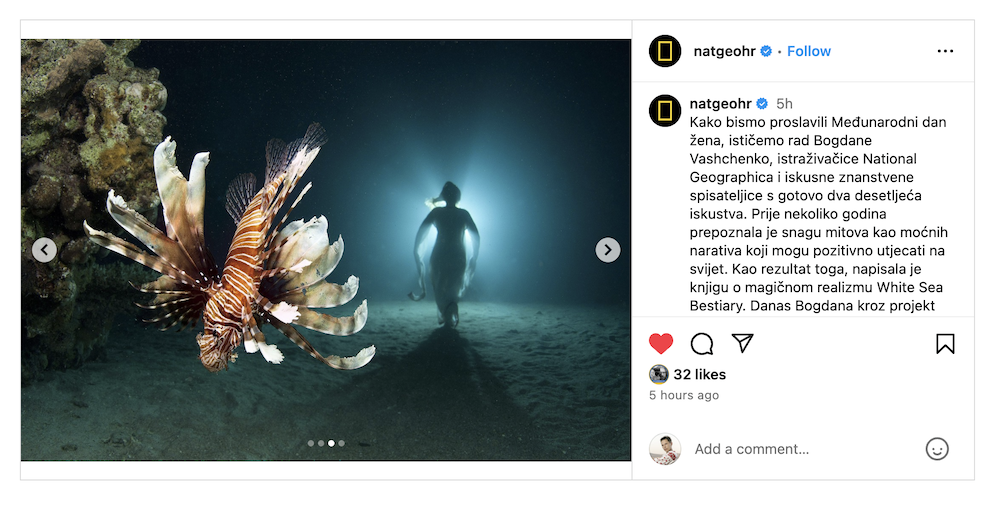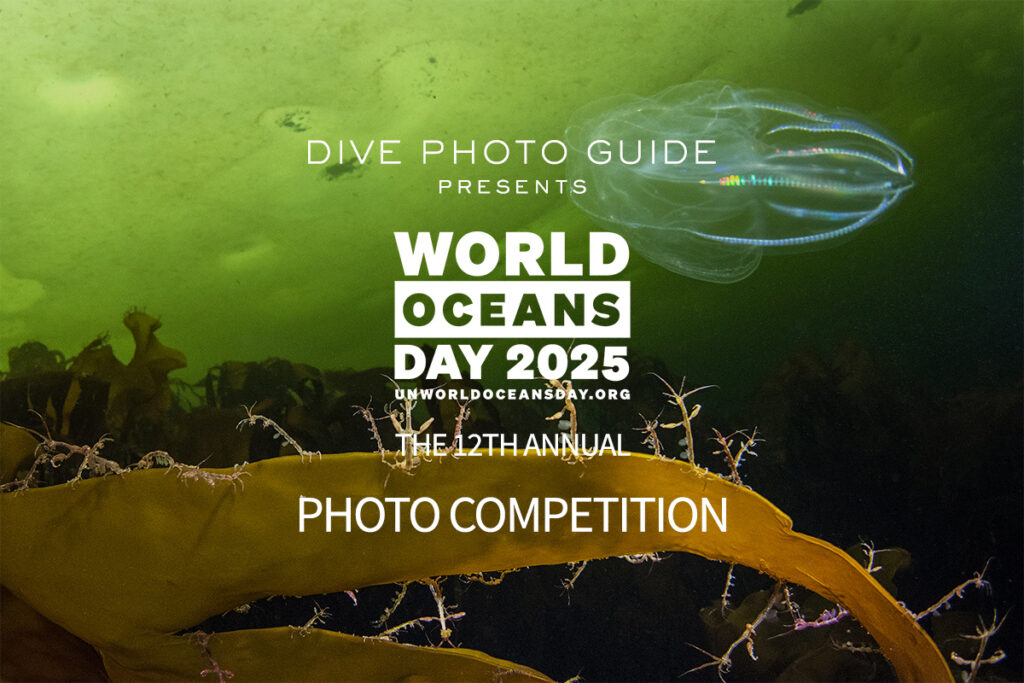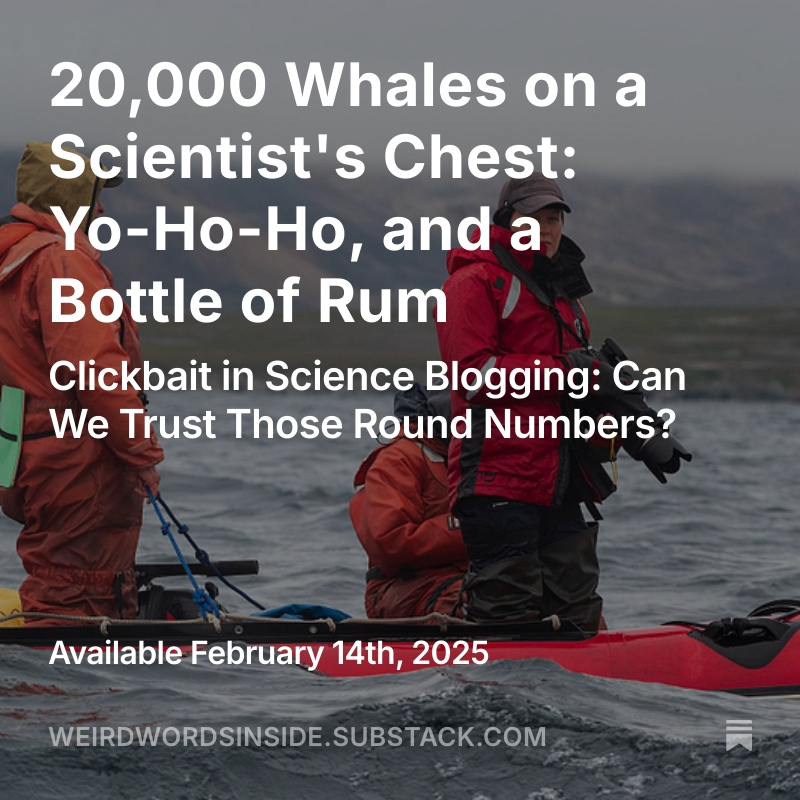I’m delighted to share that my new reportage, “Rope Monster,” has been published in the December issue of National Geographic Magazine – Georgia.
The story follows the marine research team from Ilia State University as they confront one of the ocean’s most insidious threats: ghost nets — abandoned fishing gear that continues to kill marine life long after it is lost. During this project, the team recovered more than 1,800 kg of nets and debris from the Black Sea seafloor.
In the piece, I descend with the divers to witness what I describe as a “rope monster” — a massive tangle of nets, ropes, tires, and plastic, stretching across the seabed like a dormant leviathan. Once an abandoned mussel farm near Sarpi, it has slowly become a deadly trap for fish, birds, and mammals.
The reportage traces both the science and the symbolism of this encounter: the ecological danger, the human responsibility, and the quiet heroism of researchers who choose to face the problem directly, meter by meter, rope by rope.
Special thanks to Prof. Natia Kopaliani, Zurab Gurielidze, and the entire Ilia State University marine research team for their dedication — and for allowing me to witness (and participate in) their battle with the “silent killers” lurking beneath the Black Sea.
You can read the full story and enjoy stunning photography by Viktor Lyagushkin in the December issue of National Geographic Georgia.
